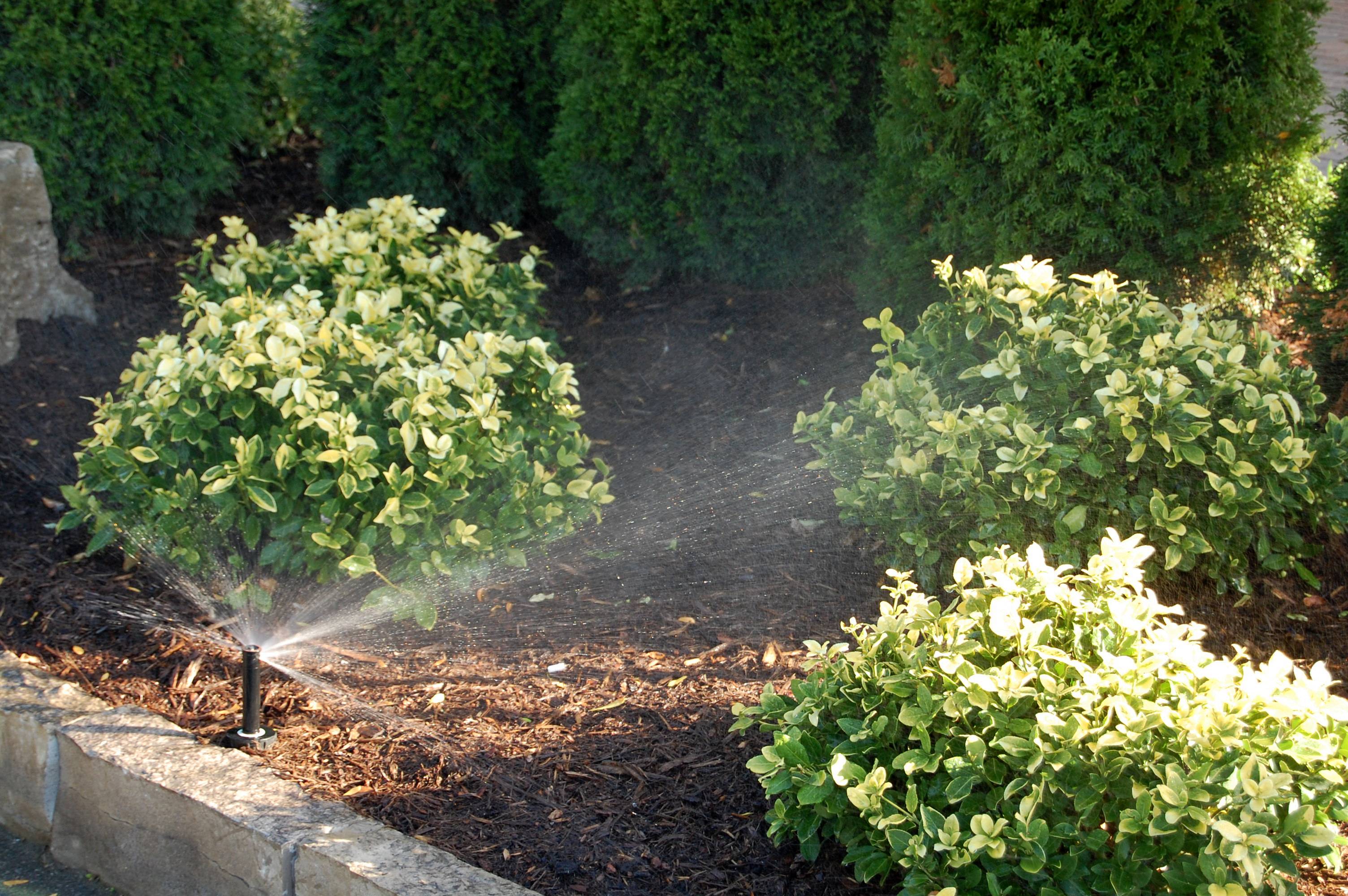Euonymus Scale – Your Options
The second week discussing Euonymus scale will tackle the big questions: what you can do about the problem; whether you can prevent it or whether you now have to control it.
If you have any of the plants on the “Very Susceptible” list below, you can keep them and follow the control methods at the bottom if you notice scale on your plant; or you can take them out and replace it with something less susceptible.
Prevention first. Water deeply and keep your plant fertilized. Strong, healthy plants are not a scale’s first target. Keep an eye on your plants, especially those listed below. Any white spots on the plant can be rubbed off as soon as you see them. Euonymus japonica is extremely susceptible to scale – avoiding this plant is best.
Very Susceptible:
Euonymis fortunei (Wintercreeper euonymus)
Celestrus scandens (American bittersweet)
Hedera helix (English ivy)
Pachysandra terminalis (Japanese Pachysandra)
Mildly Susceptible:
Buxus spp . (Boxwood)
Ligustrum spp . (Privet)
Lonicera spp . (Honeysuckle)
Paxistima canbyi (Canby paxistime)
Ilex spp . (Holly)
Prunus spp . (stone fruits – apples, pears, etc)
Daphne spp . (Daphne)
Control comes next . If a scale infestation has taken over your garden, you have a few options:
- Prune out heavily infested areas and destroy them
- Apply an insecticidal soap or horticultural oil early in the season (late May – early June) when nymphs are active. Continue every 10 days for 3 or 4 applications. Make sure you get the stems and undersides of leaves.
- If the plant is very heavily infested and control measures are not helping, it is best to remove the plant completely to avoid having the scale move to other plants in your garden.
- Finally, and probably most importantly, it is in the best interest of your garden as a whole to increase scale’s natural predators:
- Braconid wasps
- Ichneumonid wasps
- Ladybeetles
- Lacewings
- Minute pirate bugs
Come back next week for ways to increase these ever-hungry predators and help rid your garden of the unwanted pests that are lurking amongst its beauty.




